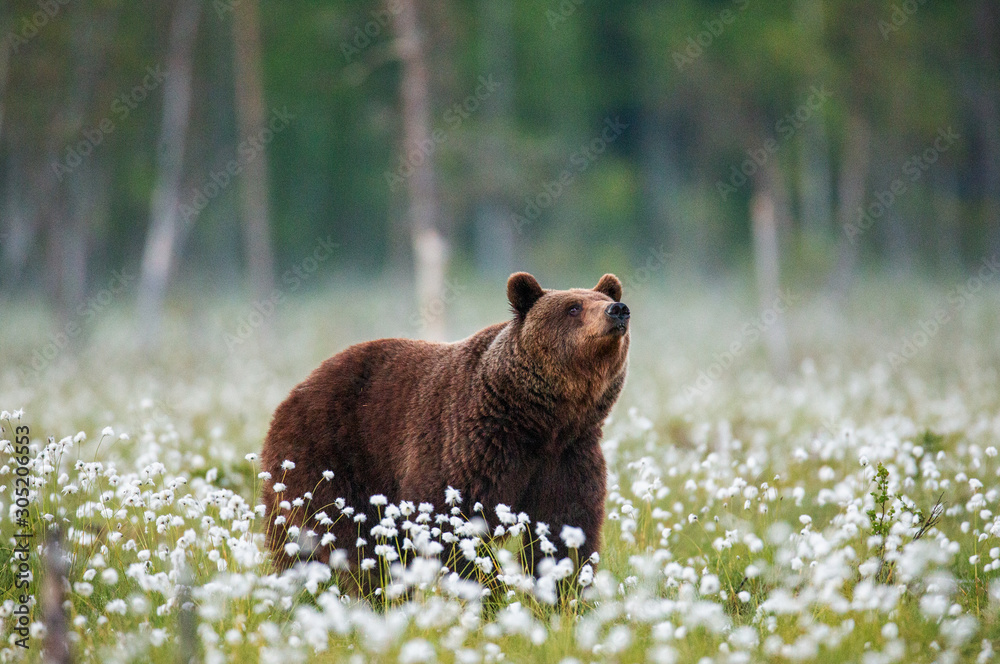Is it possible to raise a pet bear?
Is it possible to raise a pet bear?
A male bear's primary responsibility during mating season is to guard his territory from other male bears seeking female companionships. A male will mate only once during his lifetime; this is when he's in his prime years. He will also aggressively protect his cubs during this time. Female bears are less choosy about their mates and will mate with multiple males during this time. Fertilized eggs will remain in her womb for a period of time before being released into the ground to hatch as bears. After breeding season, bears will return to their normal behavior patterns- depending on the species.
As mentioned before, a bear's childhood influences his later behavior. Because of this, bears have personalities distinct from each other. Personality is determined by temperament at birth; it determines a bear's disposition toward food, aggression and companionship. Bears raised from birth by human caretakers may also develop this temperament, making them more docile than wild ones. Bears that live in human environments typically experience fewer natural dangers than bears that remain wild. This can have an effect on their personality as well- making them more cuddly and affectionate towards humans than wild ones would be. There is no typical bear mother; each animal is unique in her parenting methods.
A female bear's breeding cycle depends on many factors, including her age and health. The average lifespan of a wild bear is 20 years. In some parts of North America and China, black bears have lived up to 30 years old- much longer than the typical five-year span for human babies. The lifespan of an African golden lion Tamarin is up to 18 years in captivity but can be up to 30 years in the wild. The breeding cycles of various bear subspecies vary greatly based on both the animal's age and nutrition at the time she becomes sexually active.
Bears are one of the world's most popular animals due to their endearing nature and majestic appearance. They're also one of the world's most endangered species due to habitat destruction, commercial hunting and being hunted for sport by humans. Although an animal's childhood affects its later personality and behavior, these creatures have proven themselves to be one of Mother Nature's best guardians- always willing to stand up for what they believe in even if it puts them at risk.


Comments